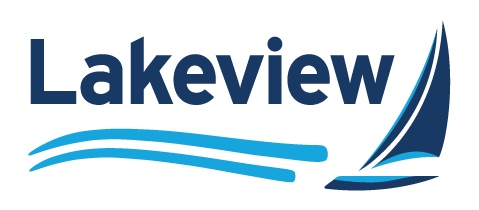Landscaping Ideas for Any Budget
Considering a backyard update? Good idea! Beautiful landscaping enhances curb appeal and can increase a home’s resale value as much as 15% to 20%. ¹ Some research even suggests that gardening can improve your mental health. ² Besides, a beautiful outdoor space is simply more enjoyable.
Early spring is a great time to get your plans solidified. You’re likely to find a good selection of plants, contractors are ready to fill their schedules, and depending on your location, the weather will be ideal for landscaping activities.
Not quite sure what you want to do? Here are a few ideas.
5 landscape trends for 2023
- Lawn replacements. From grass-removal rebates to lawn bans, it’s clear that yards of green aren’t the ideal in many places anymore. In their place: Climate-resilient gardens that include drought-resistant native plants and hardscaping.
- Productive yards. Mix edible plants with traditional decorative flowers, including varieties that attract birds and bees. Add a tree for some shade to help lower home cooling costs.
- Nostalgic and English themes. This trend takes its cue from recently popular TV shows. Capture the look with grand arrangements of roses, dahlias, lilac and hollyhock.
- Greek accents. Place garden containers on Grecian-style platforms, install a stone pathway or go big with Greek statues and columns.
- Vertical planting. Limited on ground space? Plant upward, with living walls, trellises and vines climbing patio pillars, fences or shed walls. Vertical plantings can also make attractive
privacy screens or mark off sections of your yard.
5 low- to mid-budget landscaping ideas
- Spread mulch. It’s a simple way to give your yard a professional look. Mulch can also help prevent weed growth and aid with water retention. It’s ideal for flower beds and bare spots, such as around a mailbox or the base of a tree.
- Add solar lights. Lighting can add elegance to your yard, spotlight steps and curbs for safety, and make it easier to enjoy your yard even when the sun goes down. Solar lights are easy to find and require no wiring or special skill, making them a perfect DIY update.
- Plant annuals. These flowers generally cost less than perennials because they last just one year. They’re a simple, low-cost way to dress up your yard, especially if you like to change the look seasonally, want to fill containers or aren’t ready to invest in perennials.
- Enhance patio edging. Dig a trench around your patio’s border, lay down landscape fabric and top with mulch or landscaping rock. Done!
- Furnish frugally. For inexpensive and interesting patio and garden furniture, repurpose indoor pieces (from your home or yard sales) for outdoor use. Refinish with exterior paint, wood sealer and outdoor upholstery to help items last longer, particularly if they won’t be under cover.
5 big-budget landscape upgrades
- Upscale furnishings. Higher-end outdoor furniture may feature luxury materials — such as plush fabrics, brass, copper and marble — or sustainable, eco-friendly materials, like bamboo or recycled plastic.
- Pergolas or gazebos. Give your yard an al fresco dining area, cozy conversation nook, quiet getaway or perfect party space.
- Water features. Enjoy the peace and tranquility that water brings to a landscape with an elegant fountain, koi pond, rain garden or waterfall.
- Fire features. Go beyond a basic fire pit with an elaborate outdoor fireplace built of natural stone, an artistic fire bowl or a custom fire table filled with glass beads.
- Smart landscapes. Run a Bluetooth audio system outdoors, control your landscape lighting from your smartphone, optimize water use with WiFi-controlled irrigation, even use an automower to trim the lawn for you.
Your happy place
Whether you decide to go with the latest trends, have a big budget or a small one, remember the most important part about landscape updates: They should make you love spending time in your personal outdoor space!
Interested in taking your home improvements indoors? Read our article on interior projects that can increase your home’s value and lower energy expenses.
When it comes to paying for your project, consider all the available options to choose the one that best fits your needs. Savings and credit cards can be useful for smaller jobs, while leveraging home equity can be a good way to finance larger projects and personal loans are handy when your available equity is limited. We’d be happy to help you review your choices. Visit us online or call 1-844-518-2360.

